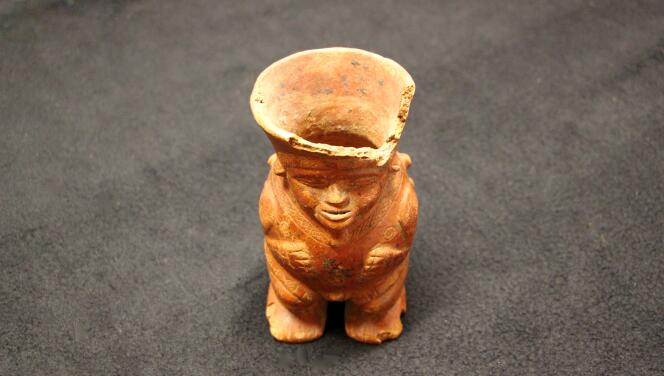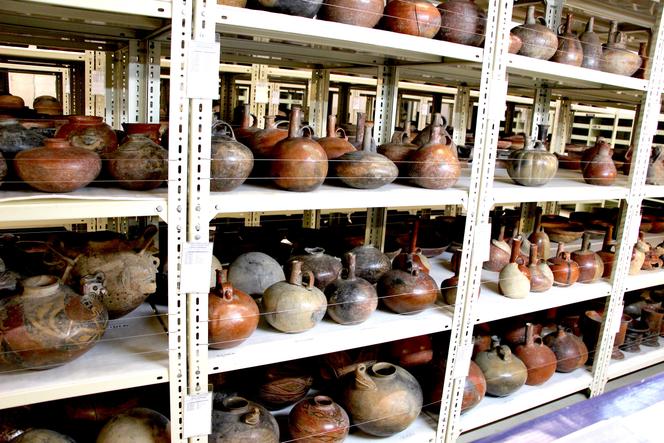


Chocolate, food of the gods. The phrase inspired the cocoa tree's clever name, Theobroma cacao (from the Greek theos, "god" and broma, "food"). The Mayans, in fact, associated this divine nectar with their god of fertility, and the Aztecs, after them, with their goddess of fertility, Xochiquetzal.
But how did the cultivation of the cacao tree – a small tree with shiny, bright-green leaves, producing large green, yellow, or red fruits – spread across South and Central America from its original cradle in the Upper Amazon, where it was domesticated over 5,000 years ago? A study coordinated by Claire Lanaud, a geneticist at the French Agricultural Research Center for International Development (CIRAD), in Montpellier, and published on March 7 in the journal Scientific Reports, shows the speed of this spread, particularly on the Pacific coast.
The cacao tree is known to have originated in the Upper Amazon, as this region is home to the plant's greatest diversity. In 2018, previous work carried out notably with the French Institute for Development Research (IRD) in Marseille found, in the southeast of what is now Ecuador, the oldest traces of cocoa bean use, dating back 5,300 years.
In the new study, archaeologists, anthropologists, geneticists, biochemists, and bioinformaticians have joined forces to analyze the food residues of 352 archaeological ceramic objects, belonging to 19 pre-Columbian cultures dating from 5,900 years to 400 years BC. Originating from South and Central America, these ceramics are held by museums such as those in Guayaquil and Quito, Ecuador, and the National Museum of Colombia in Bogota. The remains of other ceramics from excavations have been sent in by archaeologists.
The researchers first scraped these containers to recover the residues and analyzed their chemical content. The result: Of the 312 samples from South America, 116 contained theobromine, the main alkaloid in cocoa and chocolate. Of these, 73 contained traces of cocoa DNA. A reflection of the hitherto little-known widespread use of cocoa in successive South American cultures. Above all, the dating of the ceramics in which this DNA was found shows that as long as 5,300 years ago, the cocoa tree was already being used and domesticated outside its original cradle, the Amazon.


These traces were in fact found on the Pacific coast of present-day Ecuador and correspond to the Valdivia culture, notably known for its female statuettes, the "Venuses" of Valdivia. The plant therefore seems to have been domesticated on the Pacific coast of South America at around the same time as in one of its original homes in southern Ecuador.
You have 49.91% of this article left to read. The rest is for subscribers only.
